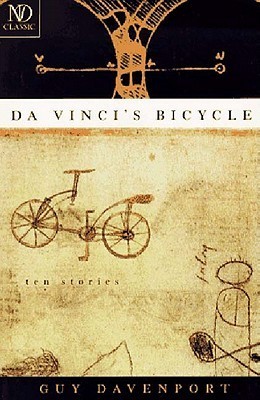What do you think?
Rate this book


192 pages, Paperback
First published January 1, 1979
Nero would never find the cobbler who was one of my best disciples, old Marcus who had a true flair for Pythagorean poetry of things and a noble grasp of stoic wisdom. Nor would he stumble upon the Senator who keeps his philosophy to himself, or the slavewoman Dorcas, whose dignity of mind I would place beside that of Cicero. More than likely he would ferret out, such is my luck, the scamp Fabricius who follows me for my knuckly rhetoric, as he calls it, and who spends half his time in the gymnasia ogling backsides and pretty eyes and the other half pumping his seed onto the garret ceiling or alley walls or the tiles of the public baths. But the boy has a mind and a lovely imagination…and when Nero throws him in the jug, he’ll take it like a man.
when he ran a little theater on the Via Scortilla where he was to be seen in a beaked mask, tail feathers on his butt, castanets on his fingers, dancing in the street to music played by boy drummers and a fat whore with a tambourine who was so heavy that she had to be carried in a litter by slaves with gilded eyelids.
The lantern held to his face showed which of the exiles in the weave of the waves was the one who insulted the Queen. Their longboat had touched into the shingle and they jumped from her prow, wet to the hips, to hand out women and boxes and trunks with hummocked tops. They’d come across from Jersey in a fog, calling on a tin trumpet that had one flat ugly note breaking into the music of the gannets and gulls, the bells of the buoys, and the ruckus of windwash rolling the ocean at half dawn.
In Professor James the nineteenth century had its great whoopee, saw all as the lyric prospect of a curve which we were about to take at full speed…
Form I-416, TREASURY DEPARTMENT, United States Customs Service
UNITED STATES DEPARTMENT OF JUSTICE, Immigration and Nationalization Services
LIST OF IN-BOUND PASSENGERS (United States Citizens and Nationals)
CLASS: TOURIST, from: LIVERPOOL, 30th JUNE, 1950
on...GEORGIC...(Name of vessel),
arriving at port of NEW YORK, 9th July, 1950